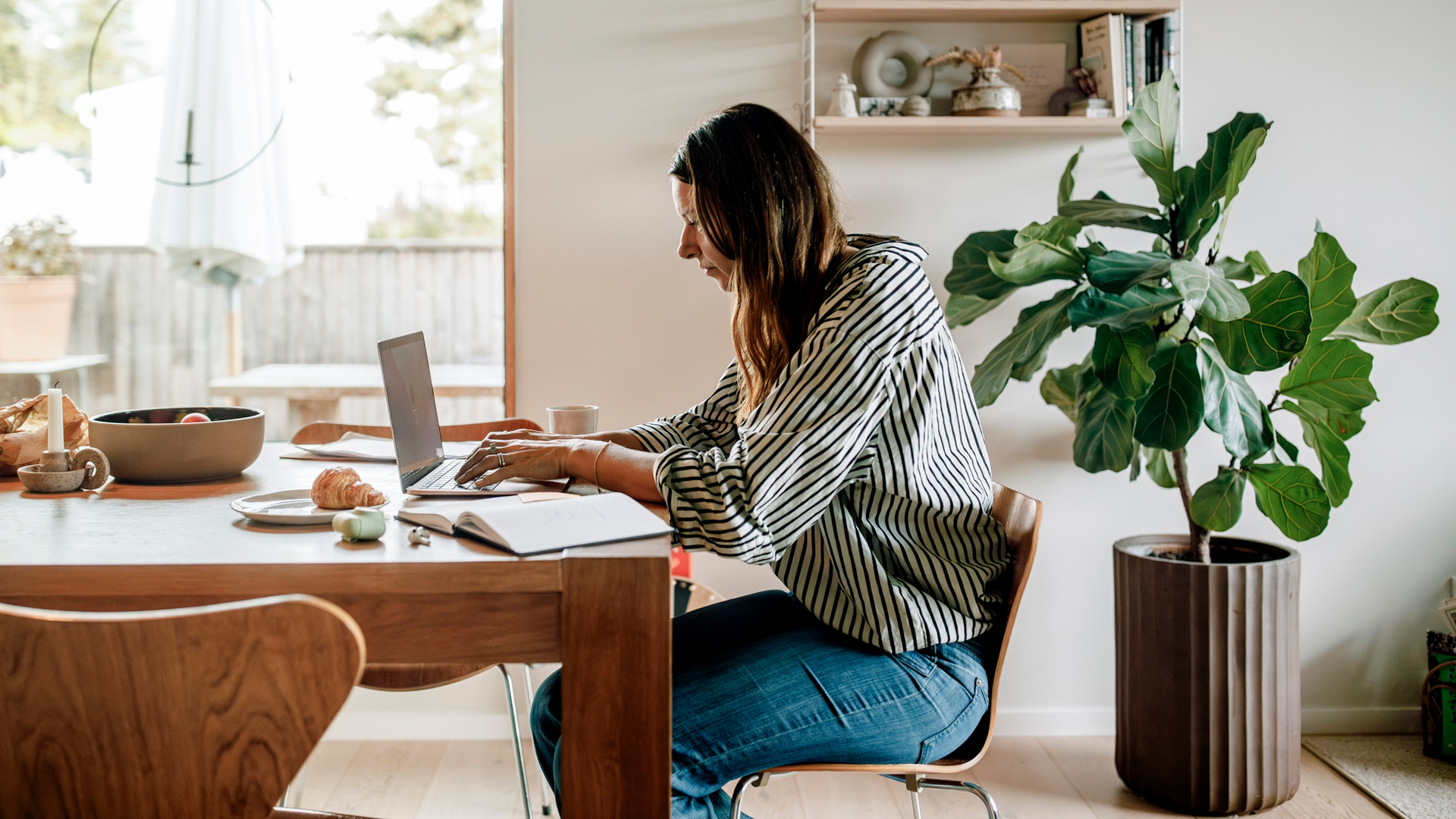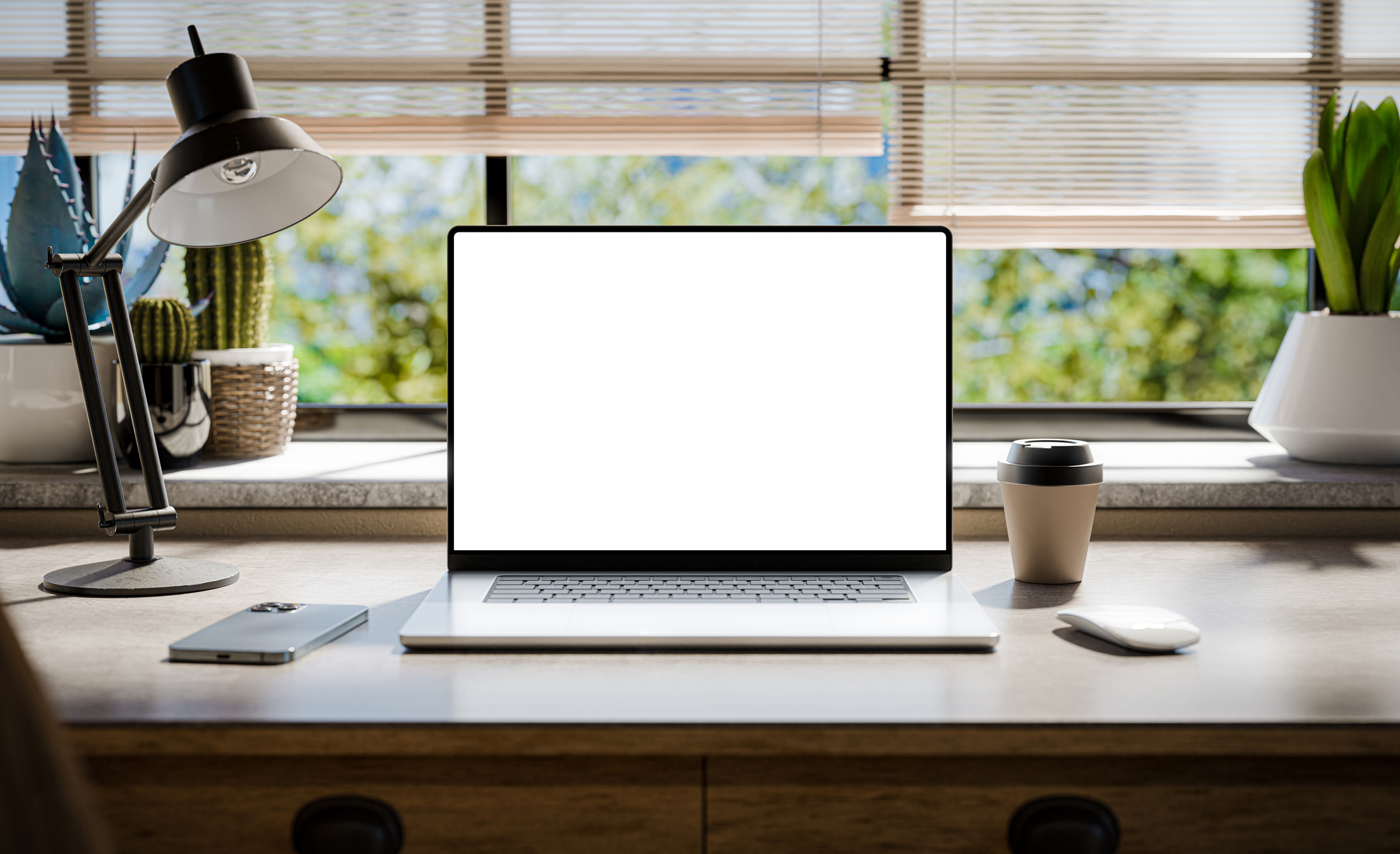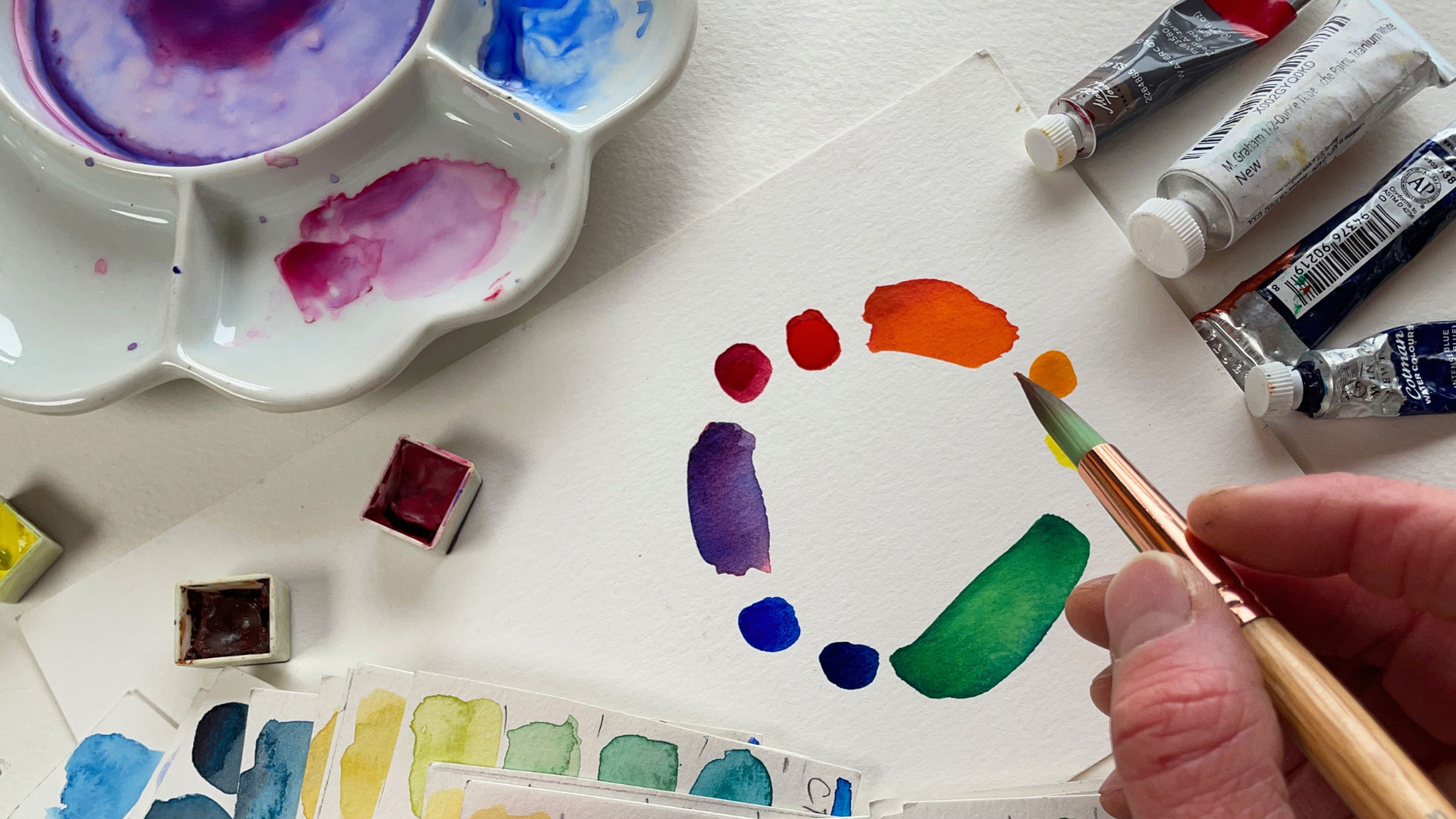How to go freelance, 4 tips for a seamless transition
Advice for going solo.

Ever catch yourself staring at your computer screen at 3pm on a Tuesday, wondering if there’s more to life than endless meetings and office politics? If you’re daydreaming about the creative freedom and work life balance that comes with freelancing, you are not alone.
Freelancing isn't just about swapping your commute for pyjamas, though. You’re starting your own business, and that means you may need to rethink your relationship with work and take inspiration from famous graphic designers or others you admire.
Over the years, we’ve supported countless creative professionals transition to freelance life, with the 99designs community earning more than $500m to date. And with around 60% of freelance designers expecting their income to increase this year, we’ve compiled some wisdom, tips and advice we’ve learned from our designers over the years to help you make the transition successfully.
01. Think like a business owner, not an employee
The first mindset shift you'll need to make is simple: start thinking of yourself as a business owner from day one. When you're an employee, you show up, do your job, and collect your pay cheque. When you're a freelancer, you're the CEO, the marketing department, and the creative director all rolled into one. Every client relationship becomes an investment in your company's future.
Our research shows that creative freedom and personal flexibility are the primary motivations for most freelance designers, with just 5% saying they freelance out of necessity. Most people choose freelancing because they want more control over their careers, not because they’re desperate for work, and so before you take the leap, get clear on what success looks like for you.
Are you chasing higher earnings? More creative freedom? Better work-life balance? Write it down and prioritise your goals accordingly, because you can’t do everything all at once. You'll need to remember this when things get tough and you need to focus your energy in a particular direction.
02. Make a strategic transition plan

A note on timings: don’t hand your notice in just yet.
First, check your employment contract carefully. Many agencies and companies have restrictions on freelance work, especially with competing clients. You don't want to accidentally breach your contract.
Daily design news, reviews, how-tos and more, as picked by the editors.
A nice way to transition if your employer is open to the idea is to negotiate reduced hours and use those extra days and hours to systematically build up your freelance client base. When your freelance income can sustainably replace your salary at a level you’re comfortable with, then making the leap feels much less scary.
This approach has several advantages: you can maintain a steady income while building your business, test the waters without fully committing, and you're not making decisions from a position of financial desperation.
Another tip that many designers recommend is to think about having an emergency fund. Most financial advisors recommend having three to six months of expenses saved up, and this can provide you with a reassuring safety net for lean periods that might otherwise force you to take work you’d rather not be doing.
03. Get the basics right
Once you’ve got your business mindset sorted, you’ll need to build your professional foundation. Start with your online presence – your design portfolio doesn’t need to be fancy, but it does need to be professional. Start with a simple landing page that clearly explains what you do, who you work with, and how to get in touch, using a website builder for small business owners. Your portfolio should showcase your best work: quality over quantity, always.
Your first clients will likely come from your existing network: former colleagues, university friends, clients you've worked with at previous jobs. Don't be shy about letting people know you're available. Most people are happy to help if they can, and word of mouth is a powerful marketing tool.
For pricing, work out viable rates first, before you approach potential clients! Calculate all your expenses to make sure you’re not underselling your time – rent, groceries, business costs, taxes, equipment, and any software subscriptions, and don't forget to factor in time off, since freelancers don't get paid holidays!
04. Make sure you have a good support system

There are so many great things about freelancing. But there are challenges, and it won’t be for everyone. It requires self-discipline, financial planning, and the ability to handle uncertainty. Some months will be feast, others might be famine, and that’s a lot to get used to if you’re accustomed to steady salaried work.
Equally, working from home sounds brilliant until you realise you haven't spoken to another human in three days, or you’ve been putting in 12 hour back to back shifts. Create boundaries. Set up a proper workspace, establish regular working hours, and be proactive about building a solid support system of peers through freelancer communities, co-working spaces, and your professional network.
The creative industry has always been powered by independent spirits. Going freelance means taking control of your professional destiny. With proper planning, the right mindset, and strategic execution, you can build a creative business that offers both financial success and personal fulfilment in a way that is completely unique to you.
If you want to get the right setup, see our best laptops for graphic designers and best monitors for graphic designers lists.

Patrick Llewellyn is CEO of 99designs by Vista, the global creative platform that makes it easy for small businesses to work with professional freelance designers around the world. 99designs has paid out more than US$400m to its creative community to date, working across brand and logo design, packaging, web design and more.
You must confirm your public display name before commenting
Please logout and then login again, you will then be prompted to enter your display name.
